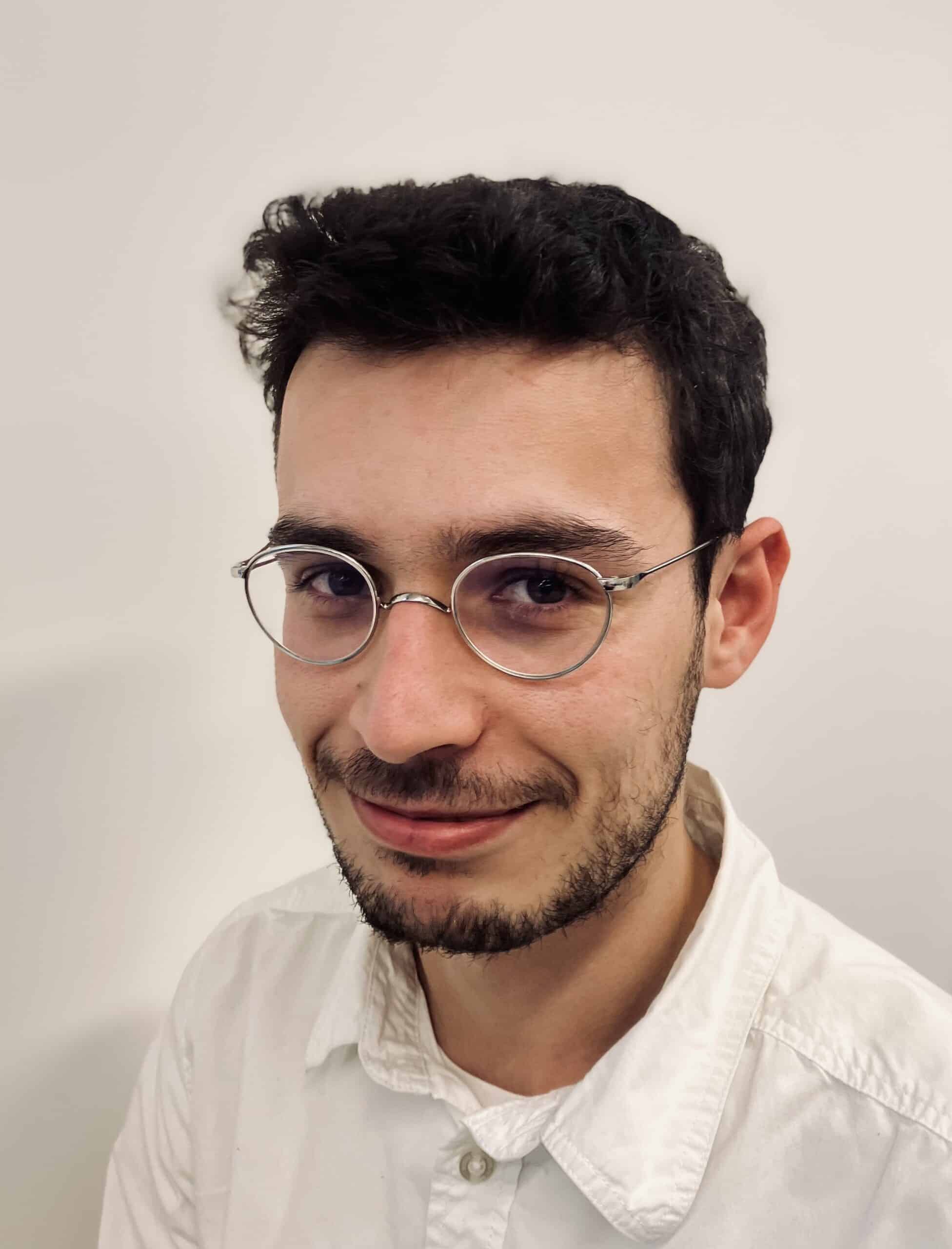Okaerinasai! "Welcome home" in Japanese. A phrase that Cécile Asanuma-Brice, the CNRS scientist behind the photographs, would like to nuance. She was in Japan at the time of the terrible earthquake and tsunami that caused the containment vessels of t...




